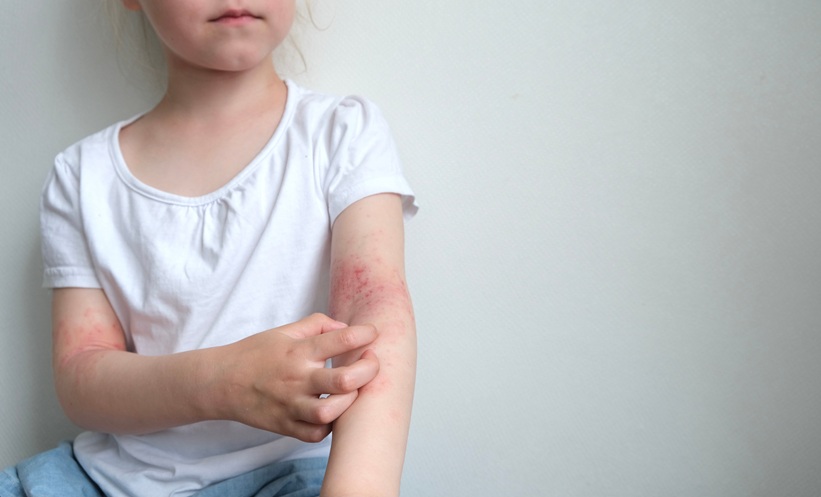BACKGROUND AND AIMS
A high number of benign melanocytic nevi has been implicated as a major risk factor for melanoma development;1 however, there are sparse data on the total body nevus count (TBNC) and its relation to the propensity for multiple primary melanomas. The aim of this study was to evaluate TBNC in patients with melanoma.
METHODS AND RESULTS
A total of 263 patients, 30 (11.4%) with multiple primary melanomas (MPM) and 233 (88.6%) with a single primary melanoma (SPM), were included in the study. The 30 patients with MPM had two or more primary melanomas with an average of 2.66 melanomas per patient. The female:male ratio was 1. The mean age at the time of melanoma diagnosis was significantly lower in patients with MPM (p<0.05). There was no difference in skin type between the two groups (p>0.05). Mean TBNC was 96.87 (standard deviation [SD]±124.71) for SPM and was significantly different to 247.00 (SD±261.58) for patients with MPM (p<0.0001). Mean nevus count in specific body locations, including head and neck (p<0.0001), right arm (p<0.000), left arm (p<0.000), trunk (p<0.000), and lower extremities (p<0.000), were significantly high in patients with MPM. TBNC was strongly correlated with right arm (coefficient of determination [R2]: 0.849), left arm (R2: 0.884), and trunk (R2: 0.919) nevus counts, and moderately correlated with lower extremity (R2: 0.597) and head and neck (R2: 0.346) nevus counts in both groups. The percentage of patients who gave a history of sunburn before 20 years of age was significantly higher in patients with MPM. The mean number of lifetime sunburns with blistering was significantly higher in patients with MPM (6.17 versus 2.33).
Previous studies have shown that TBNC is correlated with nevus count on specific sites2 and that the arm nevus count appears to be the most predictive location for estimating TBNC.2 The presence of 20 or more nevi on the arms was determined as an independent predictor of a high TBNC and risk of melanoma.3 In this present study, right arm, left arm, and trunk nevi count were found to be strongly correlated with TBNC (r: 0.887, r: 0.913, r: 0.955, respectively). Among them, trunk nevus count was the most predictive location for estimating TBNC.
DISCUSSION AND CONCLUSION
Exposure to high levels of sunlight in childhood is a strong determinant for melanoma risk, but sun exposure in adulthood also plays a role in the melanoma development.4 Previous studies have shown that having five or more blistering sunburns in childhood is associated with a 2-fold increased risk of melanoma development.5,6 In this present study, having sunburn in earlier stages of life (<20 years of age) was more prevalent in patients with MPM, as well as total number of severe sunburn reactions. TBNC is one of the major phenotypic risk factors in melanoma development; therefore, it is not surprising that there is an association between TBNC and sun exposure in early stages of life based on the number of primary melanomas in high-risk individuals. This is possibly caused by the increased melanocyte burden posed by an increased number of melanocytic nevi and ultraviolet-induced carcinogenesis in individuals who are genetically susceptible. Further studies are needed to determine a treshold for TBNC and nevus count in specific body sites in order to assess the individuals under risk for developing MPM and ultraviolet protection is required to reduce the risk of melanoma development.








